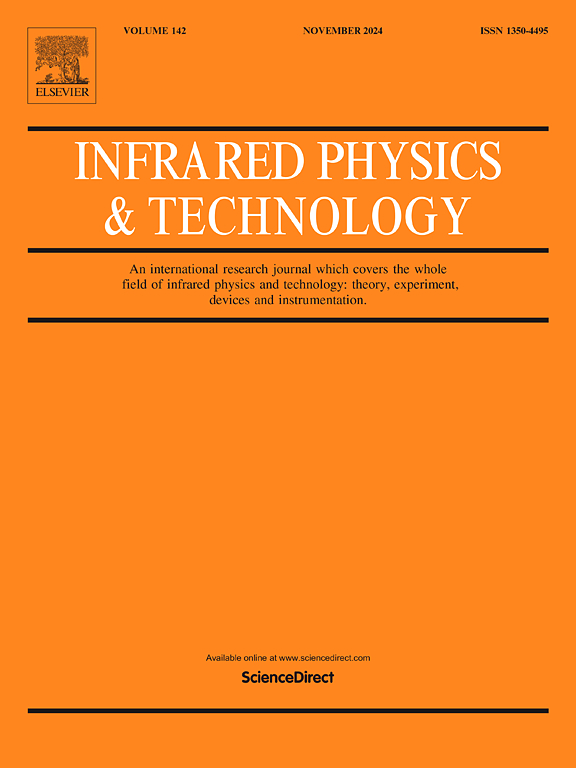Impact of material-dependent radiation – longitudinal optical phonon interaction on thermal electric-dipole radiation from surface metal − semiconductor grating structures
Abstract
Infrared thermal radiation emission in the 8.5 – 28 THz frequency region is obtained using surface metal–semiconductor grating structures on undoped (u-) GaAs, u-GaP, u-ZnO, u-GaN, and n-type SiC in a temperature range of 430 – 630 K. These emissions resonate with longitudinal optical (LO) phonon or LO-like lattice vibration energies determined by the zero points of the real parts of the dielectric functions in the surface structures. The emissions of materials with Reststrahlen bandwidths of a few tens of cm−1 show the emissions resonating with their LO phonon modes, while materials with bandwidth of more than 170 cm−1 show peak energies significantly lower than the LO phonon: LO-like phonon resonance. The emission intensity is found to be dominated by the balance of radiative and nonradiative LO or LO-like phonon annihilation rates. The radiative rate is dominated by the LO-phonon–radiation interaction Hamiltonian and the Bose-Einstein factor. High emission intensity is obtained for the structure on u-ZnO with intense LO-like phonon–radiation interaction. The dependence of the emission intensity on temperature and emission window width for various materials shows the effect of material-dependent metal/semiconductor interface conditions on the emission efficiency.


 求助内容:
求助内容: 应助结果提醒方式:
应助结果提醒方式:


